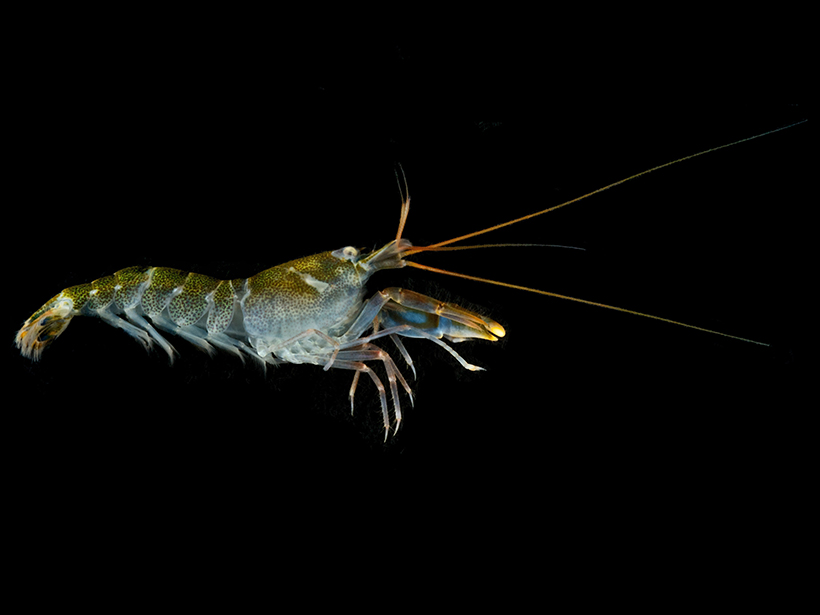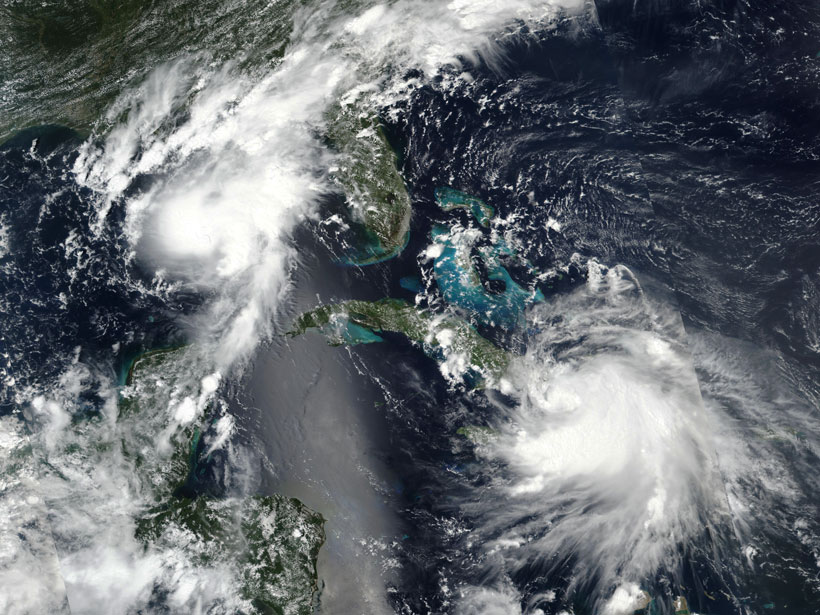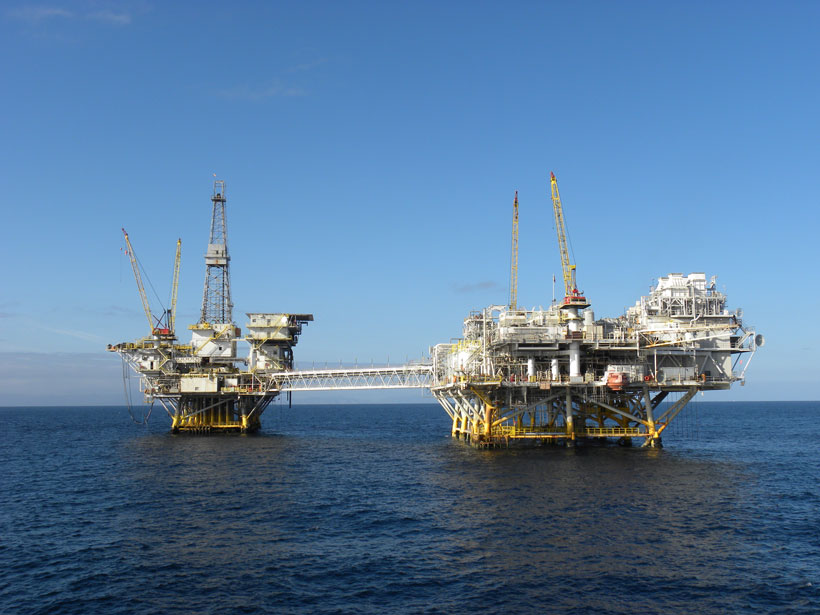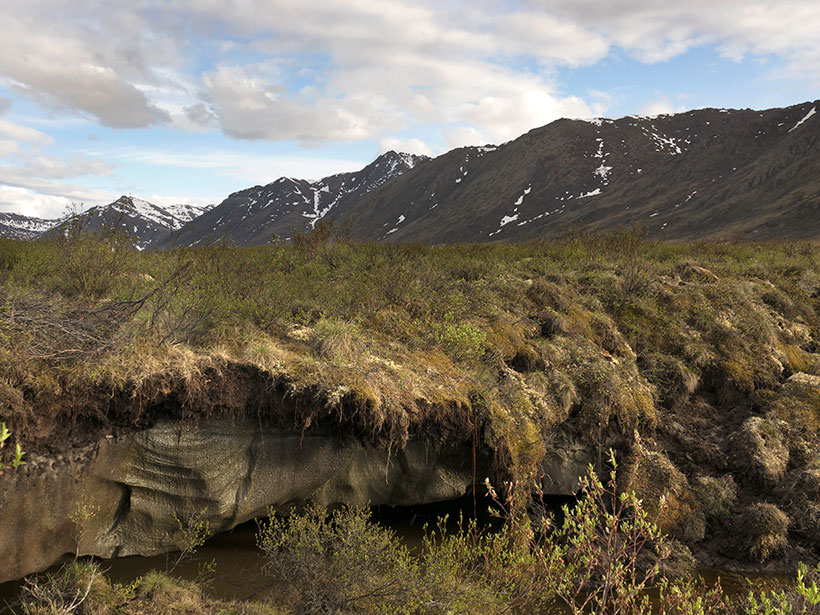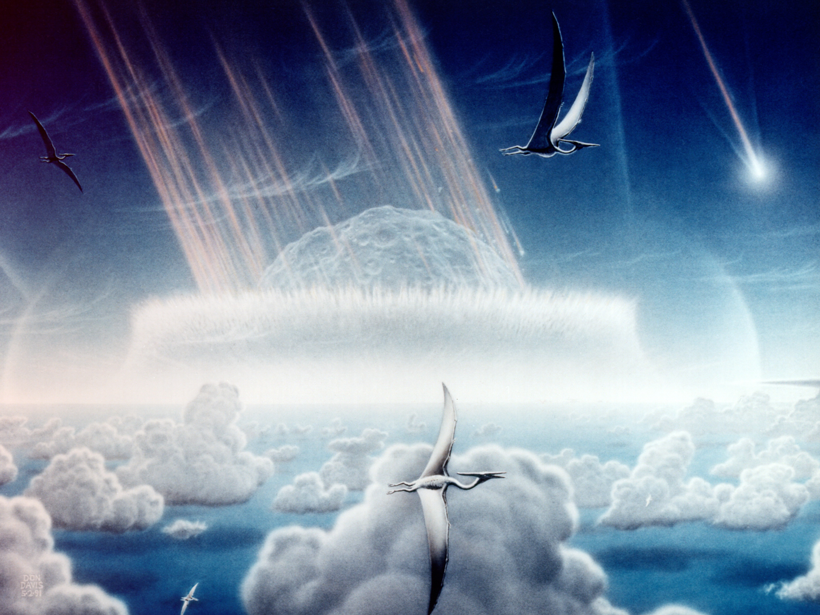Conforme el océano se calienta debido al cambio climático, ruidos más fuertes podrían enmascarar los llamados de otros animales marinos usados para navegar, buscar alimento o pareja.
Katherine Kornei
Katherine Kornei is a freelance science journalist covering Earth and space science. Her bylines frequently appear in Eos, Science, and The New York Times. Katherine holds a Ph.D. in astronomy from the University of California, Los Angeles.
Wildfires Trigger Long-Term Permafrost Thawing
Researchers used satellite data to trace ground subsidence in a permafrost-rich region in eastern Siberia following a wildfire.
Storms Interact but Rarely Merge into Bigger Tempests
The Fujiwhara effect—complex interactions between large storms nearby each other—can steer hurricanes and tropical storms but doesn’t typically create colossal tempests.
Los Costos Ecológicos de Remover las Plataformas Petroleras Mar Adentro en California
Las plataformas de perforación de petróleo- y gas-mar adentro son hábitats ricos para peces. Eliminarlas por completo resultaría en una pérdida del 95% de biomasa de peces, revela una nueva investigación.
Experiments Reveal How Permafrost Carbon Becomes Carbon Dioxide
Field samples from Alaska show how sunlight and iron convert permafrost carbon to carbon dioxide. Climate models ignore this process.
Asteroid Impact, Not Volcanism, Likely Spelled Dinosaurs’ End
Using climate and habitat modeling, researchers show that solar dimming caused by an asteroid impact would have plunged the world into an “impact winter” and decimated dinosaur habitats.
Ghostly Particles from the Sun Confirm Nuclear Fusion
Using the Borexino particle detector—located deep underground in Italy—researchers spot elusive neutrinos from the Sun’s CNO cycle.
Larger Waves in Store as the Planet Warms
By the end of the 21st century, waves will have gotten larger in some ocean basins, particularly the Southern Ocean, climate modeling reveals.
Niveles Altos de Contaminación en Chile se Relacionan Con Parrilladas de Hinchas del Fútbol
Misteriosos picos de contaminación—10 veces más altos que los niveles normales—ocurren en Santiago durante los partidos de fútbol televisados y son causados por decenas de miles de parrilladas, revelan nuevos resultados.
Chicxulub Impact Crater Hosted a Long-Lived Hydrothermal System
Chemical and mineralogical evidence of fluid flow—potentially conducive to microscopic life—was revealed in rock cores extracted from the crater’s “peak ring.”

